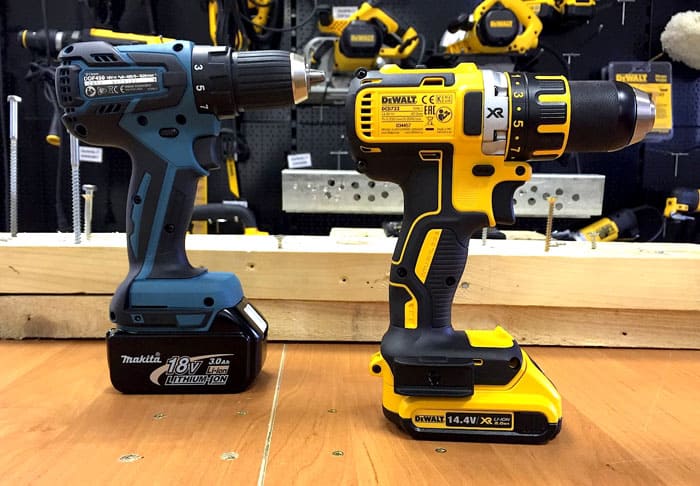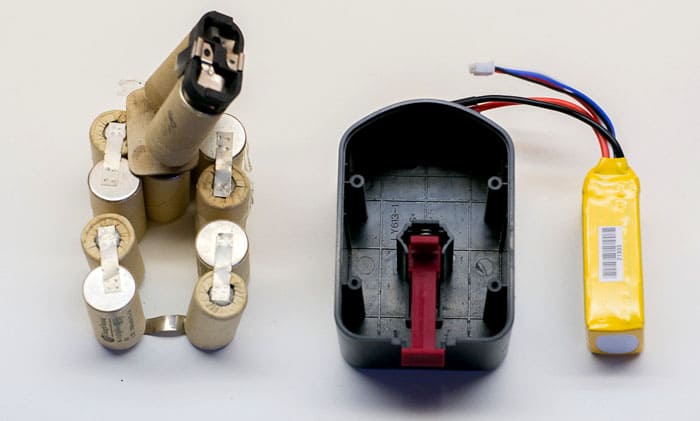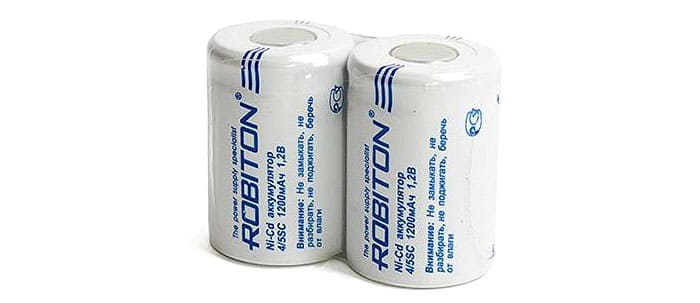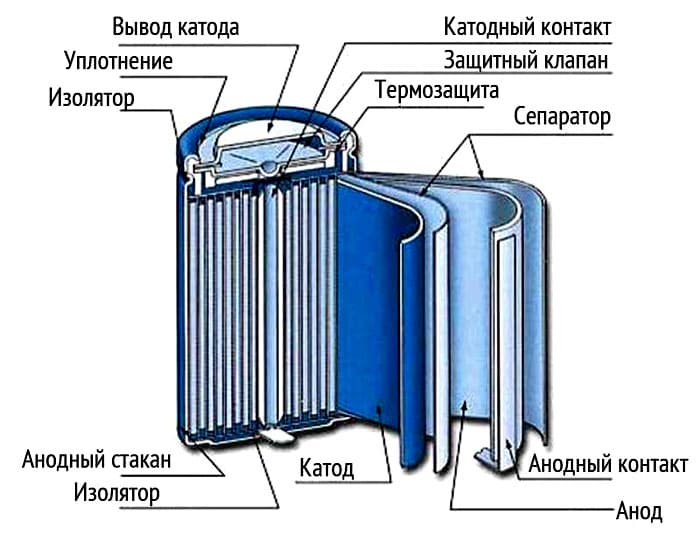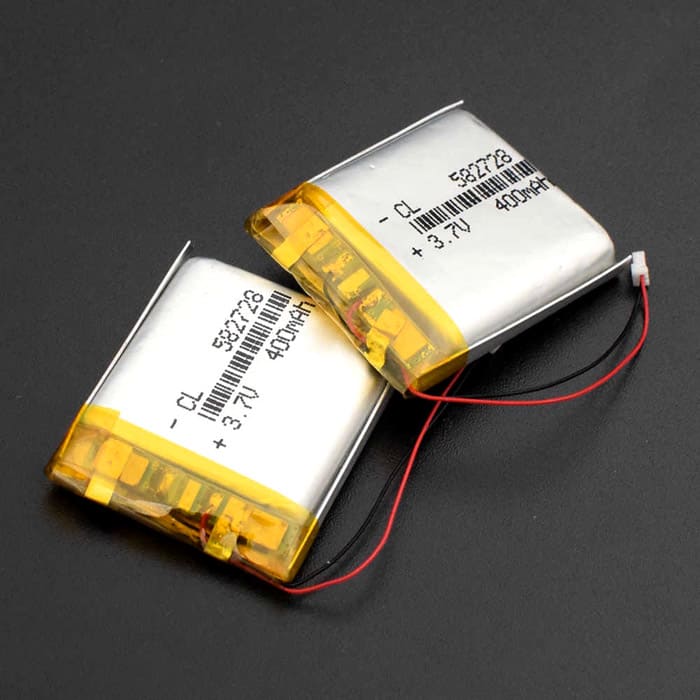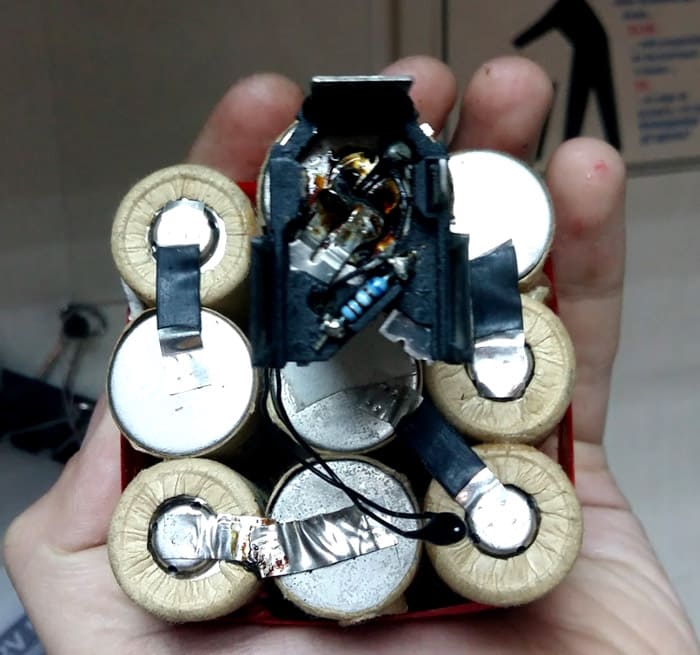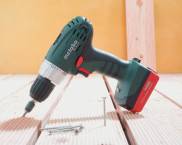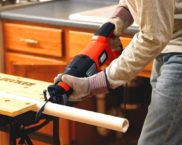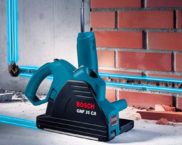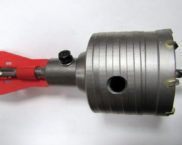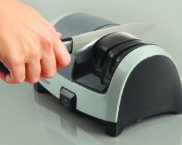Battery for a screwdriver: how to choose and use correctly
A cordless screwdriver is a very useful tool, both for the professional sphere and in everyday life. He is always at hand, he does not need meters of cable and carriers. But he needs an autonomous power supply. And the battery fulfills this important role. It is about the battery for the screwdriver that we will talk about in this article.
The content of the article
The device and the principle of operation of the screwdriver battery
The battery is a separate device wrapped in a plastic case with fastening elements to a screwdriver. Several battery cells are located inside. Depending on the brand of the screwdriver, there may be several of them, they may differ in composition and quality.
The battery principle is simple. Since it is rechargeable, it must be charged before using it. After the battery is installed in the screwdriver, the accumulated charge is transferred to the electric motor of the tool, which, in turn, rotates the chuck with the drill or bit installed.
Related article:
Cordless screwdriver: why you need it, varieties, which one is better to choose, which brand model to prefer, average prices and repair tips, our detailed review will help.
Types of batteries by type of materials used
Since electricity accumulates in batteries as a result of chemical reactions taking place inside, the use of materials with different properties in the construction determines the technical characteristics of batteries. In fact, there are many types of batteries, but we will tell you about the most common ones.
Nickel-cadmium
As you might guess from the name, there are two elements involved in such a battery - nickel and cadmium.
The electrolyte here is a solution of potassium hydrochloride, therefore such batteries are called alkaline. Now they are not so popular, but they are still one of the most reliable types of batteries. Nickel-cadmium batteries for screwdrivers have gained popularity mainly from professionals. These are builders, installers, electricians working in harsh conditions. Even at negative temperatures, the nickel-cadmium battery holds a charge perfectly.
Among the significant advantages, one can single out a large number of charge-discharge cycles and the absence of charge loss during prolonged idle time. Of the minuses, it can be noted that, in order to avoid a decrease in the maximum volume of charge over time, this type of battery must be completely discharged and charged.
Another important feature that has been relevant lately is the toxicity of cadmium. That is, after the battery fails, it must be properly disposed of. And this is both unnecessary costs and close attention from environmentalists. In some countries, it is prohibited to use cadmium batteries.
Nickel metal hydride
The principle of operation and composition of the battery is practically the same as in nickel-cadmium. The role of the second reagent is played by a hydrogen metal hydride electrode. Potassium hydroxide is also used as an electrolyte. Compared to cadmium batteries, these have less memory. That is, even a partially discharged battery can be charged. With the same dimensions as a cadmium battery, the total charge volume in this form is greater. However, it is not recommended to use such batteries at low temperatures.
Li-ion batteries
Many users are in memory of nickel-cadmium batteries and try to follow the same operating rules for lithium-ion batteries. That is, completely discharge and charge the battery. However, in lithium-ion batteries there is practically no memory effect. In addition, this type of battery shows the lowest self-discharge. In terms of capacity, lithium-ion batteries are twice as large as nickel-cadmium batteries. Today this type of battery is used everywhere - household appliances, cars, tools, phones and laptops. Despite the fact that lithium-ion batteries do not tolerate negative temperatures well, they are still quite in demand.
Lithium polymer battery
This is one of the modifications of the lithium-ion battery. It's just that a polymer material is used here as an electrolyte. This approach makes it possible to manufacture batteries of almost any shape, even ultra-thin ones up to 1 mm thick. The memory effect is weak, self-discharge is also low. With a relatively small mass, the charge capacity is several times higher than other types of batteries. Why, then, are lithium polymer batteries with all their innovative properties bad? The fact is that when overheated or overcharged, they can ignite. Naturally, they try to build in protective mechanisms into batteries. In addition, some chargers use a special charging algorithm. But, often, in their desire to save money, manufacturers, especially private ones, do not always try to invest in new technologies.
Which battery for a screwdriver is better
It is impossible to say in monosyllables. Different batteries are used in completely different conditions and are used for different tasks. In practice, basically, choose from the two most suitable types: nickel-cadmium or lithium-ion. The first stably and holds a charge for a long time, allowing it to work at low temperatures. The second one is compact and convenient, with the same weight as that of nickel-cadmium, it can work much longer, but in more gentle conditions.
How to increase the battery life
To maximize the battery life, you must carefully follow the recommendations for its use. And what's interesting is that this information is always spelled out in the instructions for the screwdriver. But who reads it?
At the same time, different classes of batteries differ in the requirements for their operation. Nickel-cadmium have a memory effect, that is, they can remember at what stage of the discharge they began to be charged. And accordingly, they will work only until this mark is reached. Simply put, the rule for nickel-cadmium is: full discharge - full charge.
With lithium-ion, it's even easier - you can charge and discharge at any stage of the discharge. However, it is best not to use them at low temperatures. And, of course, do not charge in the cold.
In general, the most important recommendation for all types of batteries is to avoid overheating and overcharging. This is equally bad for any battery. But this, first of all, should be taken care of by the charger. Therefore, it is better to use only branded products.
DIY screwdriver power supply repair
In fact, all home repairs are about replacing containers with new ones. And even then, only if there is a donor - the same battery. Any battery for a screwdriver is a set of cans or containers with chemical elements inside. Therefore, the diagnostics of failed devices begins precisely with checking these containers.
Diagnostics
The capacities are connected in series in the battery, that is, the failure of one will affect the operation of the entire device. For diagnostics, you need to conduct a small experiment in which you need a multitester.
First, you need to fully charge the battery. Then disassemble it and measure the voltage on each bank. The takeoff run should be within 1.2-1.4 V for nickel-cadmium and 3.6-3.8 V for lithium-ion. For convenience, you can mark the banks outside the specified limits. The battery must then be reassembled and discharged to an apparent loss of power. After that, we again disassemble and measure the voltage.
The containers with the greatest difference between the elements must be replaced. You can take new cans either from a donor - another old or unnecessary battery, or order from one of the online stores on the network. Naturally, the dimensions and characteristics must be identical with the "recipient".
Recovery
You can restore only the capacity of the nickel-cadmium battery. And even then, this operation will not make the bank new. It will only delay the failure.
There are two ways to restore the battery: by compression or compaction, or by applying voltage and current much higher than the nominal. The first method is suitable when the electrolyte is still present, but the volume has been lost. The second neutralizes the effect of the memory effect and returns the capacity. The third option is also used, when electrolyte is manually added to the container. But, as mentioned above, all recovery methods are a temporary measure, only slightly prolonging the "agony" of the battery. It is better to completely replace the element with a new one. Fortunately, their prices are not very high now.



